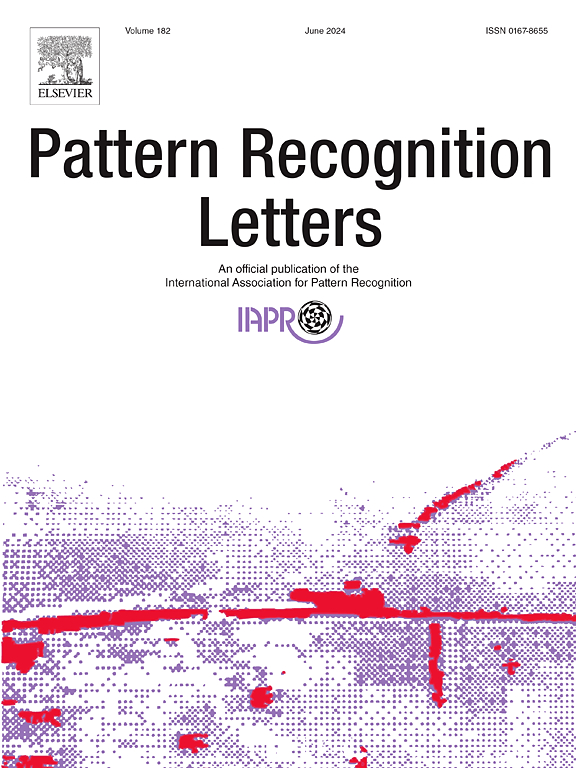An asymmetric heuristic for trained ternary quantization based on the statistics of the weights: An application to medical signal classification
IF 3.9
3区 计算机科学
Q2 COMPUTER SCIENCE, ARTIFICIAL INTELLIGENCE
引用次数: 0
Abstract
One of the main challenges in the field of deep learning and embedded systems is the mismatch between the memory, computational and energy resources required by the former for good performance and the resource capabilities offered by the latter. It is therefore important to find a good trade-off between performance and computational resources used. In this study, we propose a novel ternarization heuristic based on the statistics of the weights, in addition to asymmetric pruning. Our approach involves the computation of two asymmetric thresholds based on the mean and standard deviation of the weights. This allows us to distinguish between positive and negative values prior to ternarization. Two hyperparameters are introduced into these thresholds, which permit the user to control the trade-off between compression and classification performance. Following thresholding, ternarization is carried out in accordance with the methodology of trained ternary quantization (TTQ). The efficacy of the method is evaluated on three datasets, two of which are medical: a cerebral emboli (HITS) dataset, an epileptic seizure recognition (ESR) dataset, and the MNIST dataset. Two types of deep learning models were tested: 2D convolutional neural networks (CNNs) and 1D CNN-transformers. The results demonstrate that our approach, aTTQ, achieves a superior trade-off between classification performance and compression rate compared with TTQ, for all the models and datasets. In fact, our method is capable of reducing the memory requirements of a 1D CNN-transformer model for the ESR dataset by over 21% compared to TTQ, while maintaining a Matthews correlation coefficient of 95%. The code is available at: https://github.com/yamilvindas/aTTQ.
求助全文
约1分钟内获得全文
求助全文
来源期刊

Pattern Recognition Letters
工程技术-计算机:人工智能
CiteScore
12.40
自引率
5.90%
发文量
287
审稿时长
9.1 months
期刊介绍:
Pattern Recognition Letters aims at rapid publication of concise articles of a broad interest in pattern recognition.
Subject areas include all the current fields of interest represented by the Technical Committees of the International Association of Pattern Recognition, and other developing themes involving learning and recognition.
 求助内容:
求助内容: 应助结果提醒方式:
应助结果提醒方式:


